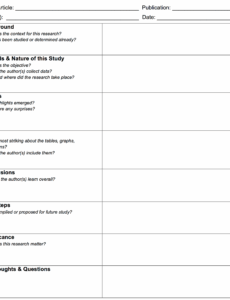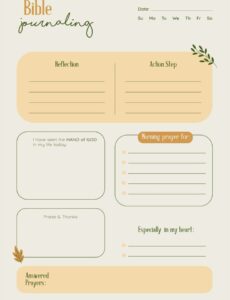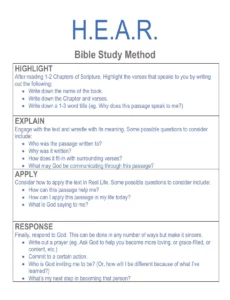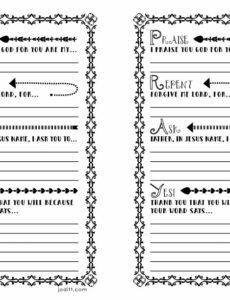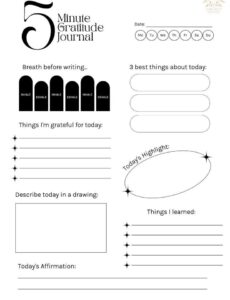Children experience a whirlwind of emotions every single day, from the dizzying heights of joy to the murky depths of frustration or sadness. For young minds still learning about the world and their place in it, understanding and expressing these complex feelings can be incredibly challenging. They might lash out, withdraw, or simply not have the words to articulate what’s happening inside.
This is where a simple yet powerful tool can make all the difference: a feelings journal. It provides a safe, private space for kids to explore their inner world, offering a tangible way to process emotions that might otherwise feel overwhelming. It’s not just about writing; it’s about learning a lifelong skill of self-awareness and emotional regulation.
Why a Feelings Journal is a Game-Changer for Kids
Introducing a feelings journal to your child can unlock a multitude of benefits, transforming how they interact with their own emotions and the world around them. It acts as a bridge between a child’s internal experience and their ability to communicate it, fostering an environment of greater understanding and empathy. This isn’t just a fleeting trend; it’s a fundamental building block for emotional intelligence.
One of the primary advantages is the development of a robust emotional vocabulary. Many children know “happy” and “sad,” but struggle to differentiate between “frustrated,” “disappointed,” “anxious,” or “overwhelmed.” A journal, especially one with a feelings journal template for kids, can introduce them to a broader spectrum of emotions through prompts and word lists, empowering them to precisely name what they’re feeling rather than resorting to general terms or non-verbal cues.
Processing Big Feelings
Life throws curveballs at everyone, and children are no exception. From disagreements with friends to struggles with schoolwork, kids face situations that evoke powerful emotions. Without an outlet, these feelings can bottle up, leading to stress, anxiety, or behavioral issues. A journal offers a non-judgmental space to unload, helping them to externalize and process these “big feelings” in a healthy way. Just the act of writing something down can bring a sense of relief and clarity.
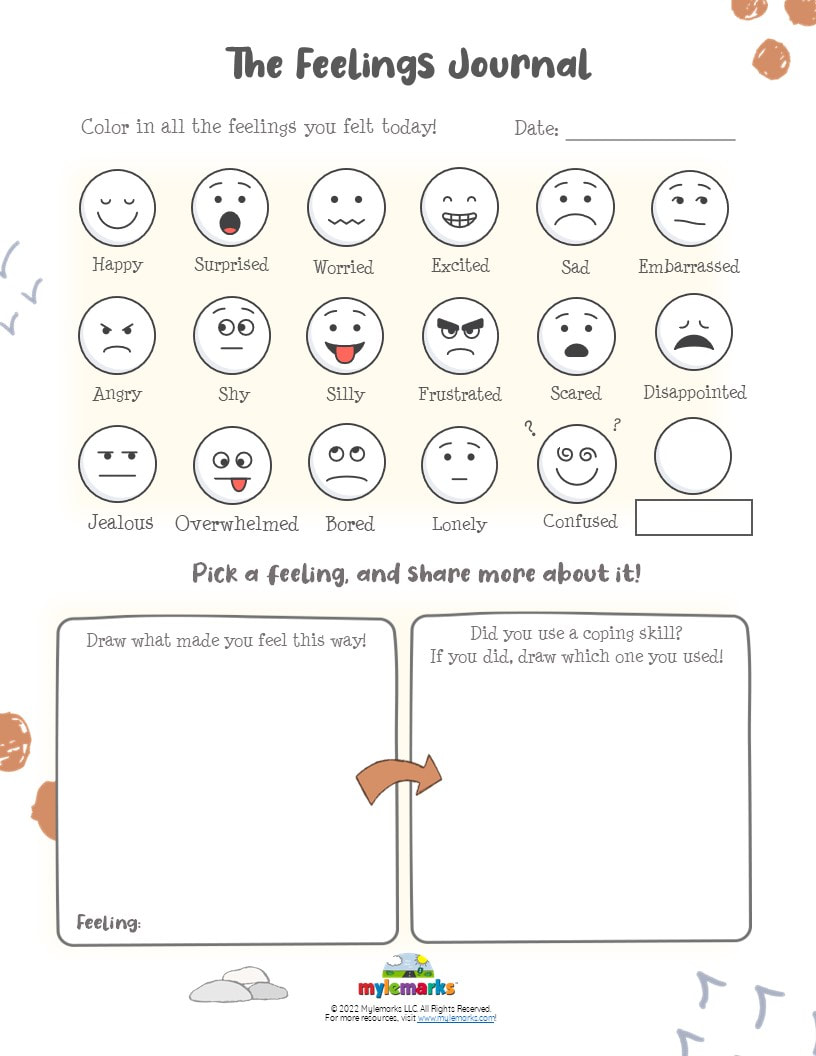
Furthermore, regular journaling helps children identify triggers and patterns in their emotional responses. They might start noticing that certain situations always make them feel a particular way, or that a specific activity helps them feel better when they’re down. This self-awareness is invaluable for developing coping mechanisms and problem-solving skills, allowing them to navigate future emotional challenges with greater confidence and resilience.
- Enhances emotional vocabulary and expression.
- Provides a safe outlet for processing difficult emotions.
- Develops self-awareness and identifies emotional triggers.
- Fosters problem-solving and coping skills.
- Strengthens parent-child communication.
How to Use a Feelings Journal Template with Your Child
Starting a feelings journal with your child doesn’t have to be a chore; it can be a wonderful shared activity that strengthens your bond. The key is to make it an inviting and positive experience, free from judgment or pressure. Think of it as an adventure into understanding themselves better, not another homework assignment. The goal is to encourage self-expression, not perfect grammar or spelling.
Begin by choosing or creating a simple feelings journal template for kids that resonates with your child. Many templates include sections for the date, a space to draw or circle how they’re feeling, and a few lines to write or dictate why they feel that way. You might also include a section for “What made me feel better?” or “What I wish I could do.” This structure provides guidance without being overly restrictive, making the process less daunting for younger children or those new to journaling.
Introduce the journal at a calm moment, perhaps before bedtime or during quiet time. Explain that it’s their special book for their feelings, and that there’s no right or wrong way to use it. Offer to help them write or draw if they need assistance, especially in the beginning. For younger children, you might start by asking open-ended questions like, “What was the most exciting part of your day?” or “Was there anything that made you feel a little grumpy?” Your role is to facilitate, not to interrogate.
Consistency is helpful, but flexibility is crucial. Don’t force your child to write every day if they’re not in the mood. Some days they might write a lot, other days just a single word or drawing. The most important thing is that the journal remains a positive tool, not a source of conflict. Celebrate their willingness to share, no matter how small the entry, and remind them that their feelings are valid and important.
- Introduce the journal in a low-pressure, positive manner.
- Use a simple, age-appropriate template.
- Offer assistance with writing or drawing as needed.
- Encourage open-ended responses and active listening.
- Prioritize consistency over strict adherence to a schedule.
Empowering children to understand and express their emotions is one of the greatest gifts we can give them. A feelings journal provides a powerful platform for this crucial development, helping them navigate the complexities of their inner world with greater confidence and clarity. It’s a tool that fosters resilience, builds self-awareness, and lays the groundwork for healthier emotional lives as they grow.
By providing a structured yet flexible space for emotional exploration, we equip our children with invaluable skills that extend far beyond childhood. The insights gained from putting feelings to paper can transform their understanding of themselves and their interactions with others, paving the way for a more emotionally intelligent and well-adjusted future.
